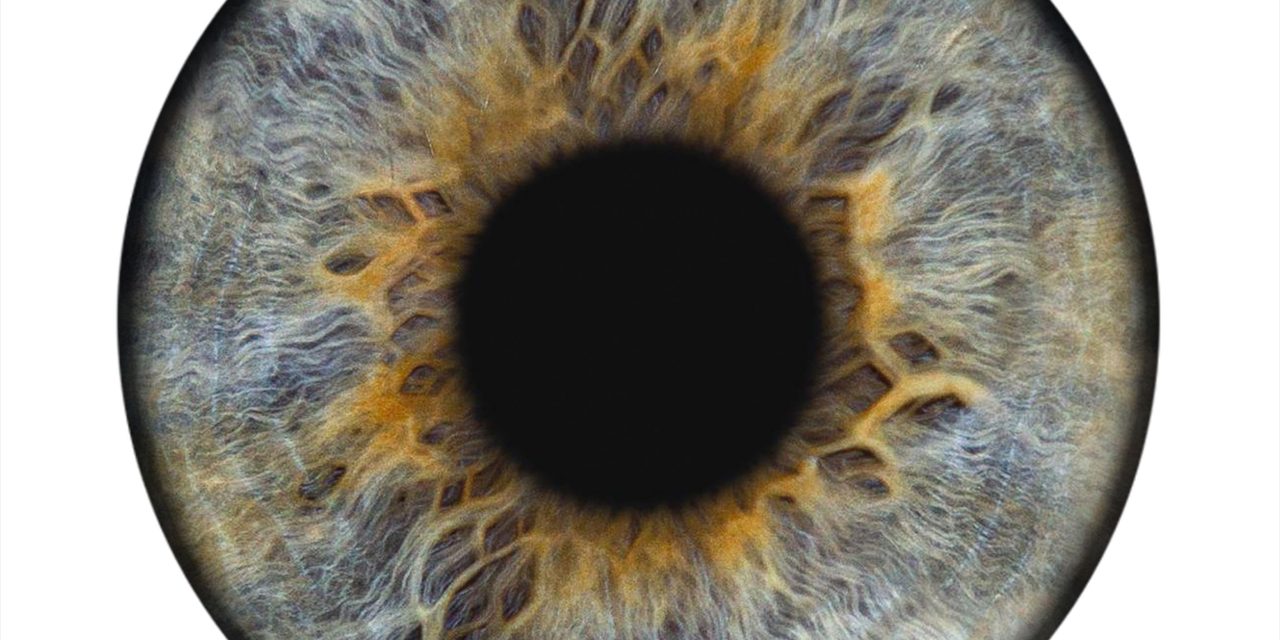Cerebral hyperperfusion syndrome is a well-recognised phenomenon following carotid revascularisation. It is defined as cerebral blood flow increase of more than 100% of the baseline. A similar phenomenon can occur in the eye and maybe termed as ocular hyperperfusion syndrome. We present a 65-year-old male who developed an ipsilateral red eye with visual loss following carotid artery stenting. There was a past history of recurrent right middle cereberal artery (MCA) territory embolic infarcts and recurrent trasient episodes of vision loss in the right eye. Flow reversal was noted in the ophthalmic artery on Transcranial doppler (TCD). Digital subtraction angiography (DSA) showed more than 95% stenosis in right internal carotid artery (ICA) ostium and completely occluded left ICA. Following carotid artery, stenting patient developed severe headache and right eye pain along with vision loss despite intensive blood pressure monitoring and control. NCCT head showed mild right cortical SAH and the intra-ocular pressure (IOP) in the right eye was high. It was hypopthesised that aqueous over production due to neovascularity secondary to chronic ocular ischemia, lack of outflow and sudden change in ocular hemodynamics post stenting was the pathogenic mechanism. The patient was commenced on measures to reduce aqueous production along with strict blood pressure control. Prestenting evalvation for chronic ocular ischemia with tanscranial dopplar and angiographic flow reversal in ophthalmic artery, fluorescein angiography to look for watershed zones and slit lamp for neovascularity and angle closure can help in identifing high-risk patients, particularly in patients with bilateral carotid artery disease.
Blindness Following Carotid Artery Stenting Due to Ocular Hyperperfusion – Report and Review of Literature.


